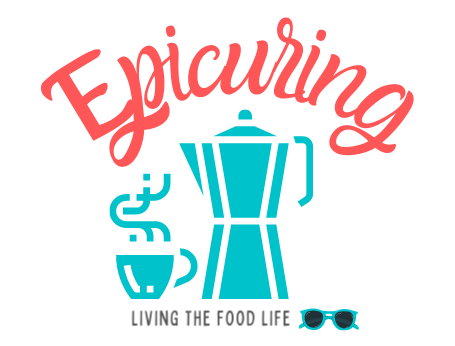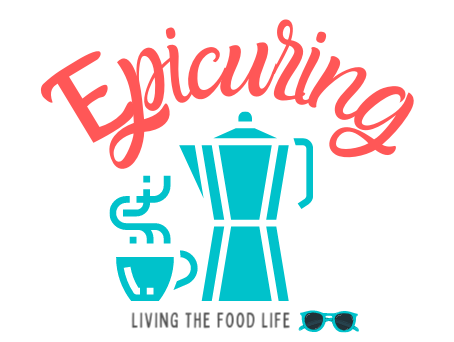Sausage, Spiedini, and the S.F. Meat Scene
The Italians have a special connection with the pig that few cultures have. I am continuously amazed by the way they honor the pig as a culinary ingredient with an endless list of ways to use its parts. Parts of America are beginning to go back to valuing quality pig processing and skilled butchery as they do in Italy.
I was lucky enough to attend a Slow Food event last week at Ristobar that reminded me how lucky I am to live in San Francisco and how easy it really is to eat meat in the right way. The Fasciocco Brothers from Abruzzo, Italy held a demo on breaking down a whole pig into prosciutto, sausage, spiedini, and more.
As they expertly worked with the meat, Slow Food’s Lorenzo Scarpone interpreted and educated the audience on the Italian connection to the pig and the Zen of butchering. While the demonstration was riddled with wisdom, I’d like to share 3 soundbites that got me thinking about America’s meat situation.
“An animal should only have one bad day” he started. The pig that day was from Stone Valley Farms where the pig’s happy life was reflected in the color and quality of the carcass lying in front of us. Even if you live in a Californian city, there is really easy access to fantastic farms that treat animals in a humane way. These farms need support from you.
Lorenzo continued to translate. “The head isn’t attached not because we thought you’d be scared, but because we have already prepared it for some sausages.” I was surprised at this statement. I’ve noticed in America there is this fear of seeing a whole dead animal. People can look at a steak or a rack of ribs, but once they need to literally face it as an animal, it becomes too much. I took it as a sign of San Francisco’s growingly progressive knowledge and attitude about butchery that the Italians didn’t see that trait in us as an audience.
We took a look at the loin of the animal. “Italians have a history of curing meat because a loin when fresh can feed a couple of people one night, but a cured lonza can feed 20 people, 5 times by slicing the flavorful salumi paper thin and serving in on bread. “ Everyone is saying Americans are eating too much meat. My solution: we should all just take a step back and consider what meat we should be eating. Then, learn new ways to prepare meat and take a look at the story behind the preparation. By considering all these things, we will eat smarter. Think about what you are eating no matter what you are putting in your mouth, but especially when consuming meat. I’d like to thank organizations like Slow Food San Francisco and the Butcher’s Guild who are helping to shine light on good butchery practices. I urge every meat-eater to find one meat related class taught by a local artisan butcher and attend. If you can’t face a full-beast butcher class, attend a knife skills class or a lecture on meat practices in the US or abroad. It’ll not only change your life but can help change America’s meat policies.
Recommended classes/events:
Avedano’s holds monthly classes for all levels on the lost art of butchery, sausage making, and knife skills.

Ryan Farr of 4505 Meats is responsible for motivating me to learn more with his whole beast butchery classes. He also just released a new book, Whole Beast Butchery.
Fatted Calf holds a weekly informal happy hour frequented by ranchers, farmers and people coming to pick up their dinner. Drop by the butcher shop and watch the masters do their thing while enjoying a drink and some hor d’oeuvres.
CUESA regularly hosts talks about meat, raising animals and much more. (They also operate the Ferry Building Farmers Market where you can tastes the results of happy, healthy meats!)


